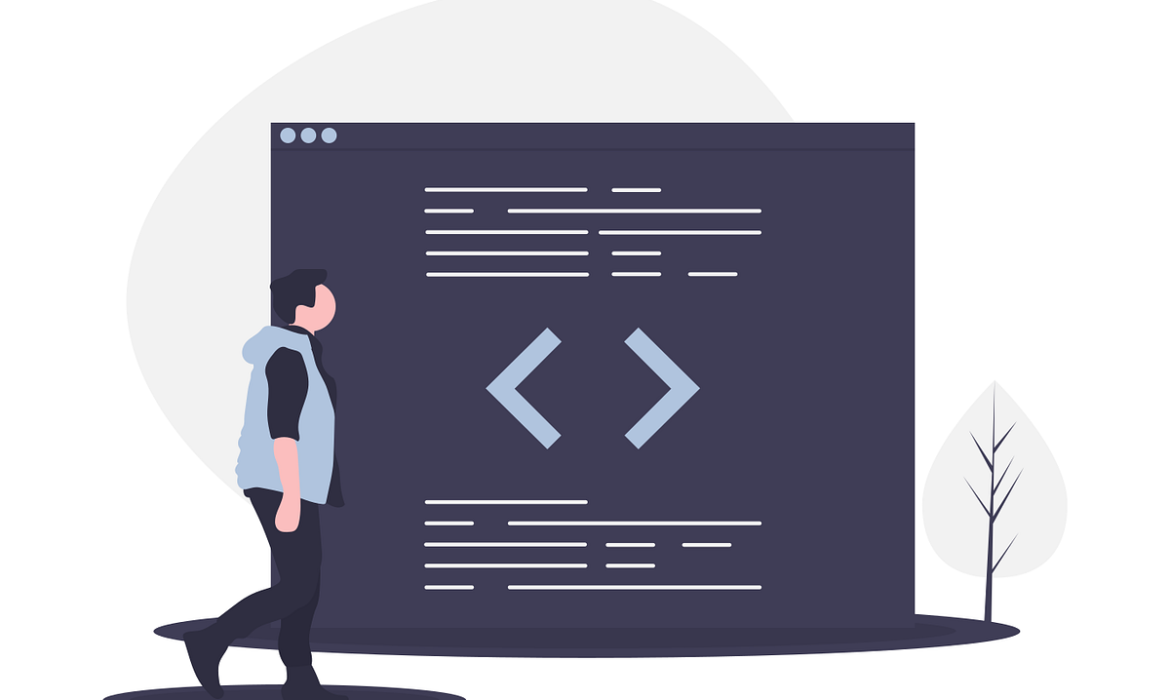Introduction
Making your WordPress website accessible to people with disabilities is not just a legal requirement but also a moral obligation. By following accessibility best practices, you can create a website that is inclusive and usable by everyone, regardless of their abilities. This guide provides essential steps to improve your website’s accessibility.
Understanding Accessibility Standards
- WCAG (Web Content Accessibility Guidelines): Familiarize yourself with the WCAG guidelines to understand accessibility requirements.
- ARIA (Accessible Rich Internet Applications): Learn how ARIA attributes can enhance accessibility for screen reader users.
- User Testing: Conduct user tests with people with disabilities to identify accessibility issues.
Choosing an Accessible WordPress Theme
- Prioritize accessibility: Select a theme that adheres to accessibility standards.
- Check for WCAG compliance: Look for themes that are WCAG compliant or have accessibility features.
- Customize with care: Ensure customizations maintain accessibility.
Essential Accessibility Features
- Alternative text (alt text): Provide descriptive text for images.
- Headings: Use proper heading structure (H1, H2, H3, etc.) for content organization.
- Color contrast: Ensure sufficient contrast between text and background colors.
- Keyboard navigation: Make your website fully navigable using a keyboard.
- Skip links: Provide a link to bypass navigation for keyboard users.
- Focus indicators: Clearly indicate the focused element on the page.
- Accessible forms: Design forms with clear labels and error messages.
Additional Tips
- Regular testing: Use accessibility testing tools to identify and fix issues.
- User feedback: Gather feedback from users with disabilities to improve accessibility.
- Accessibility plugins: Consider using accessibility plugins to enhance your website.
- Continuous improvement: Accessibility is an ongoing process. Regularly review and update your website.
Conclusión
Creating an accessible WordPress website is essential for inclusivity and user experience. By following these guidelines and prioritizing accessibility, you can ensure that your website is usable by everyone. Remember, accessibility is not just a compliance issue but an opportunity to create a better user experience for all.
Need a professional website setup? Contact us now.







